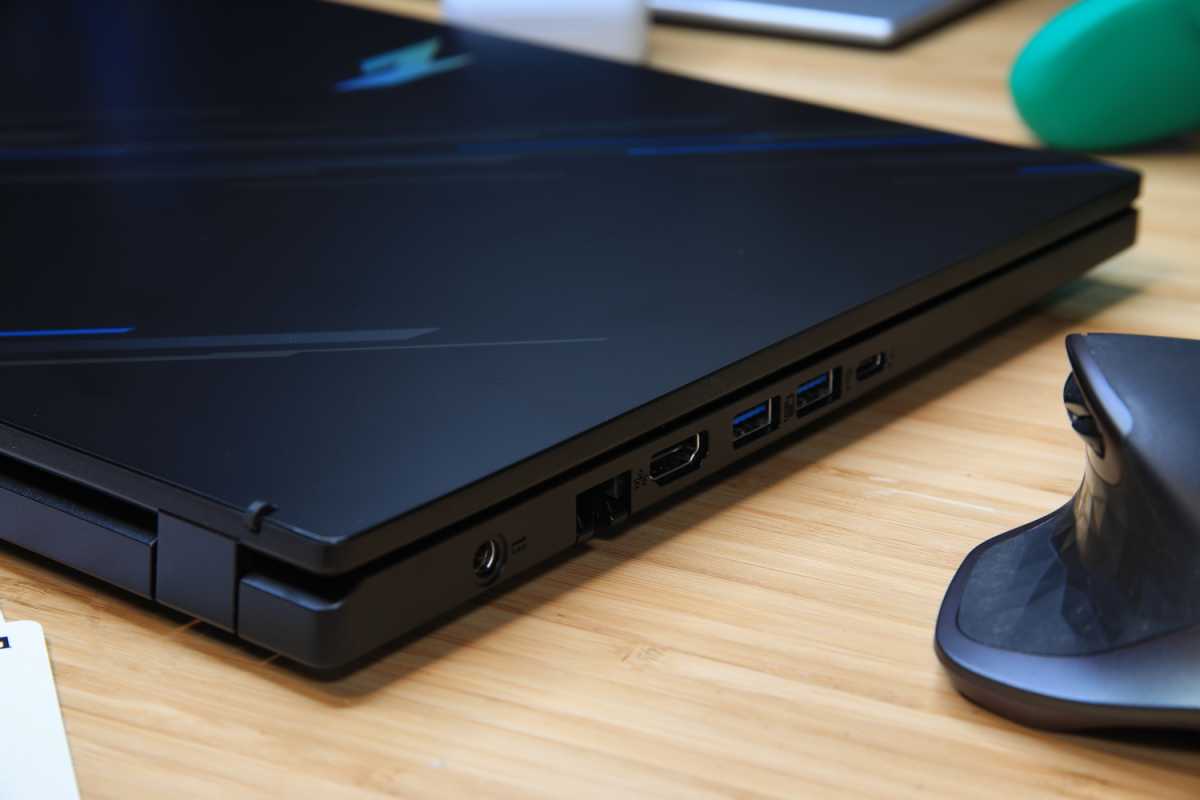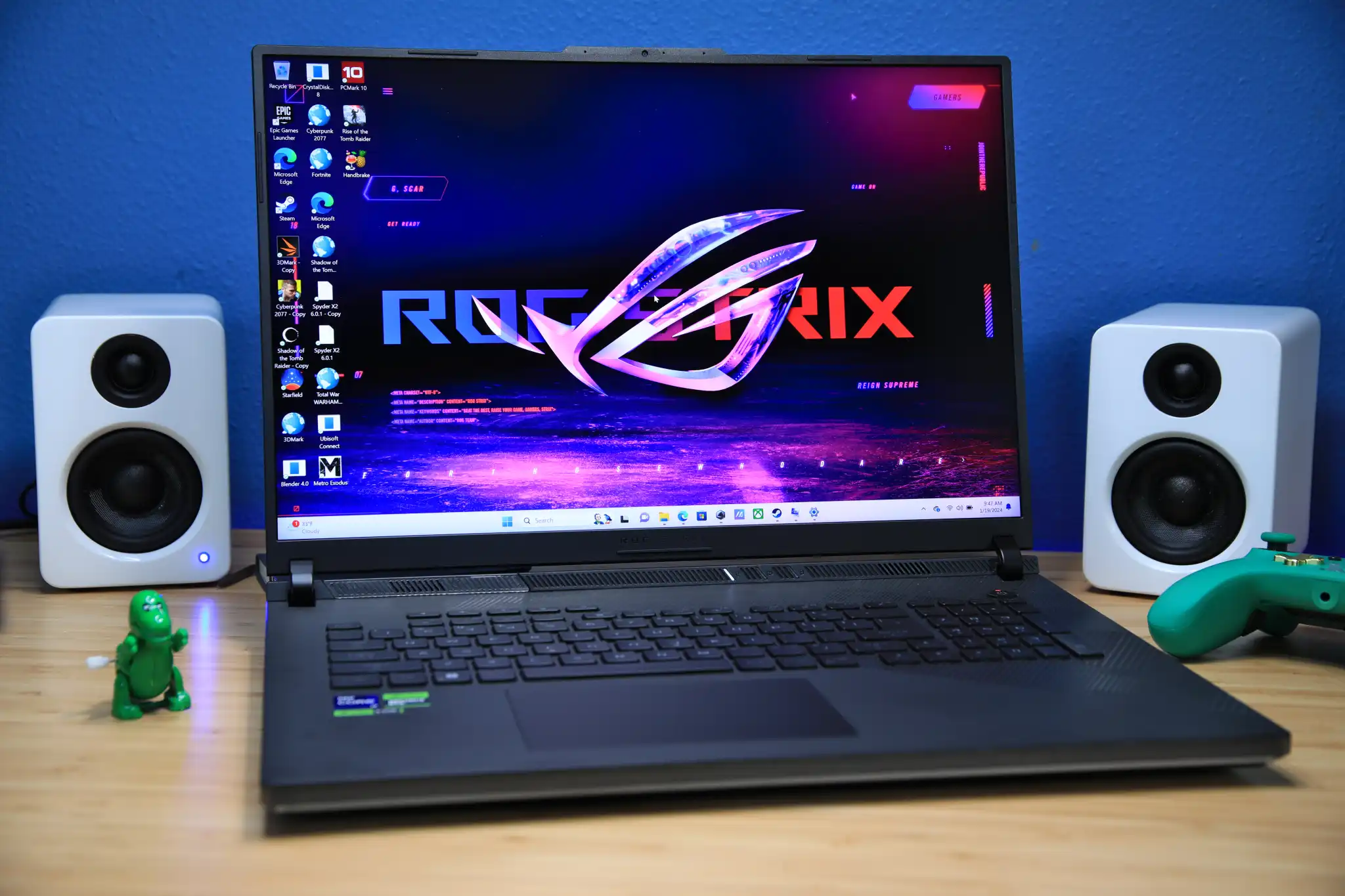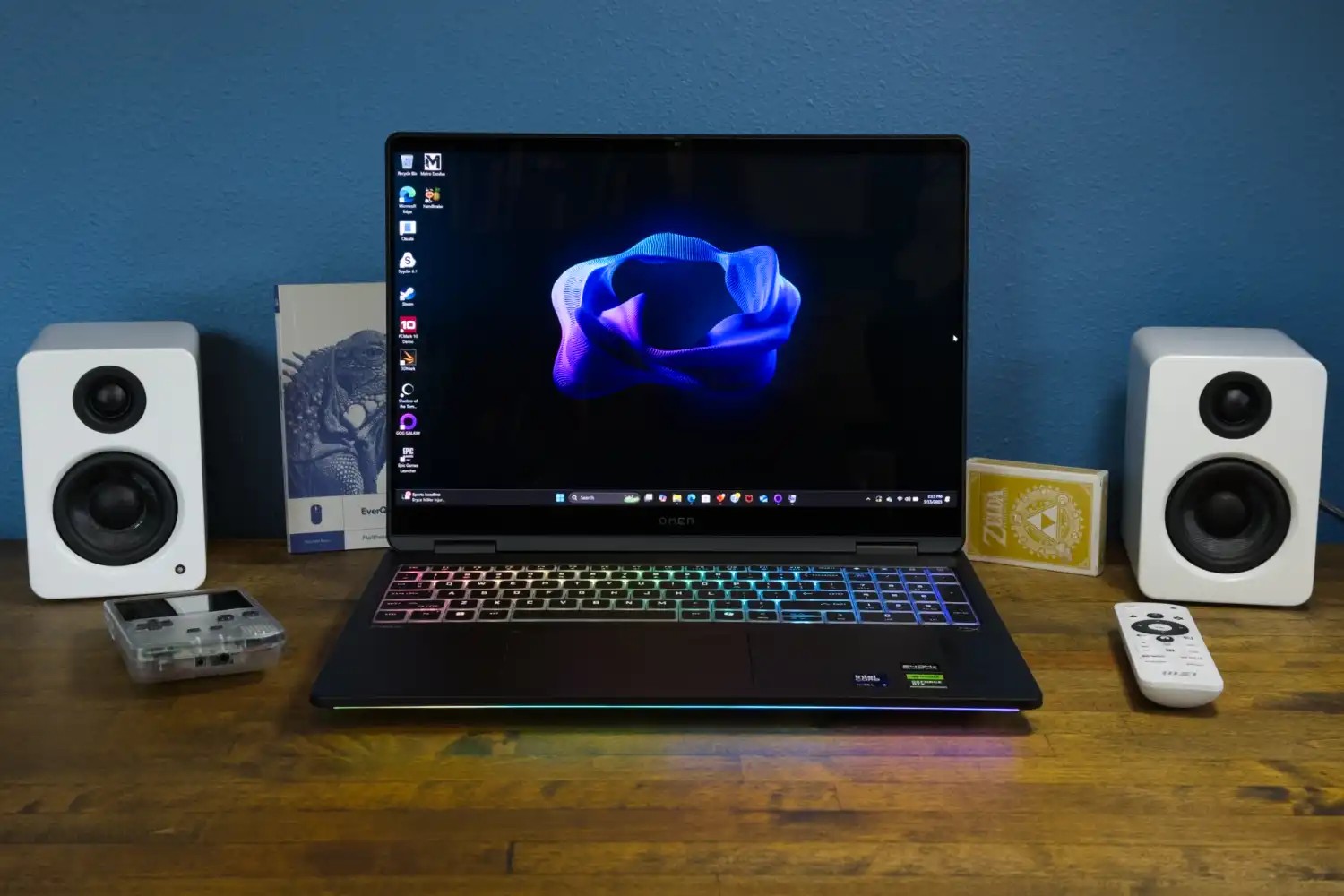There’s nothing more aggravating than a laptop that refuses to hold charge while it’s plugged in. I’ve dealt with this situation more times than I can count, especially in college when my cable management skills weren’t the best. So, what do you do if you find yourself in this situation? Fortunately, there’s a number of simple fixes you can do to get your trusty laptop to charge again. Read on to learn more.
Looking to pick up a new laptop? Check out PCWorld’s roundup of the best laptops available right now.
Give the cables a once over
Sometimes the answer is staring you square in the eyeballs. Before you dive deep into any troubleshooting, you should first make sure that your charging cable is firmly plugged into the power strip or wall outlet. If the current one is giving you grief, try another outlet. You’ll also want to make sure everything is firmly inserted into the power brick, too. A snug fit is the right fit (that’s what I always say!). It’s ridiculously easy to knock a charging cable loose, especially if your big honking dog regularly trips over it because she doesn’t understand her own size (hi).
Are you using the correct charger or port?

IDG / Matthew Smith
Once in a while, depending on the laptop I’m testing, I mistakenly plug the charging cable into the wrong port and spend a minute or two wondering why the machine isn’t getting any juice. There are quite a few laptops out there that only use one port for charging. In fact, these laptops usually have a little power icon next to the port, making them easily identifiable. If the charging port isn’t identifiable, I’d recommend trying all of the USB-C ports until you locate the right one.
For chargers, I strongly recommend you use the one that the laptop comes with. Third-party ones are okay if you’re really desperate, but they may not use the right wattage for your specific machine, which can potentially wreak havoc by damaging the battery. Plus, if the third-party charger has a lower wattage, it means your laptop will likely charge at a snail’s pace. Sometimes these chargers just aren’t designed for something as big as a laptop.
Check for cable or port damage
You’ll want to fully examine the length of your charging cable for any damages. If you’ve had the cable for a while, you may notice missing pieces or fraying. You could wrap up the frayed bits with some good old-fashioned electrical tape, sure, but I’d unplug the cable first. It’s a good idea to give the power brick a strong whiff, too. If you detect a burning smell from the power brick, you need to replace it ASAP, as something has gone wrong inside of it.
Check for any dust or debris in the ports, as this can prevent the charging cable from being fully inserted. Once you identify whether there’s some junk in there, you can either take a cotton swab or a toothpick and remove it. Don’t be too rough with your cleaning though, as you can easily damage the port or lodge the grime further up in there. You can also use a can of compressed air (my favorite!) to blow away the debris. Again, don’t be too forceful with it or spray the can of air directly into the ports.
The battery might be going kaput
If you’ve got a laptop with a detachable battery, you may want to try taking that sucker out. Think of this tip as a hard reset for your hardware. If you’re not sure how to remove the battery, I’d recommend looking up the instructions for your specific machine. Once the battery is removed from the laptop, hold down the power button for a few seconds and then connect the charger. If your laptop powers on and works just fine on the plug power alone, then you’ll know you’ve got an issue specifically with your battery. Use a microfiber cloth to gently clean out the compartment before putting the battery back in and then power the laptop back on. This may fix the problem.
If you don’t have a laptop with a removable battery, I wouldn’t recommend trying to take out the battery yourself. You could seriously damage the machine this way.
Your laptop might be using too many resources
The problem with your laptop not charging may not have anything to do with the hardware inside. If your laptop happens to be running a bunch of resource-heavy programs, the battery won’t be as efficient. To check which programs your laptop is running, you’ll need to access the task manager. All you have to do is press Ctrl + Alt + Delete on your keyboard, select Task Manager, and voilà! This mini-screen will allow you to see all of the programs running in the background. Highlight the programs you’d like to close and select End task at the bottom of the mini-screen.




